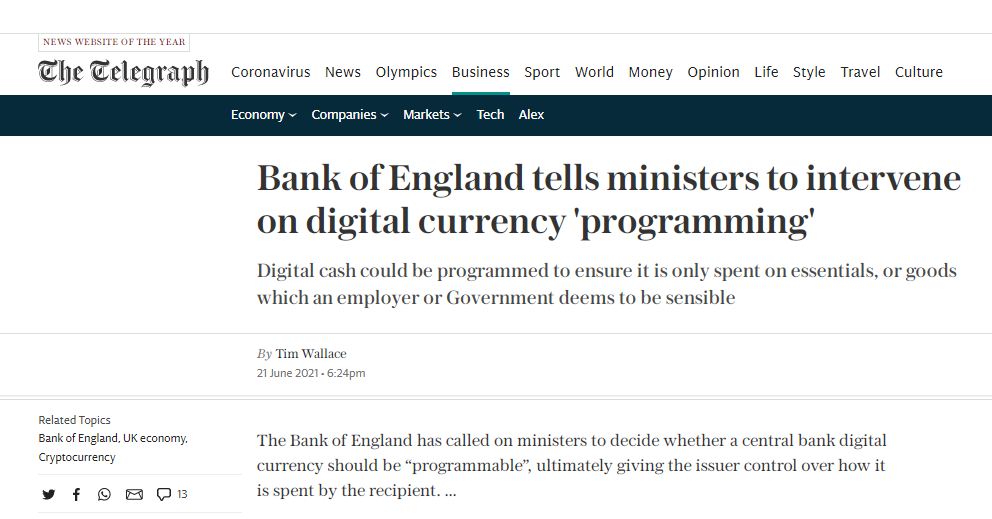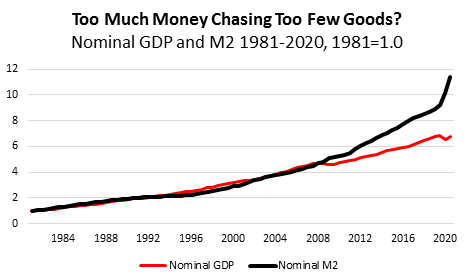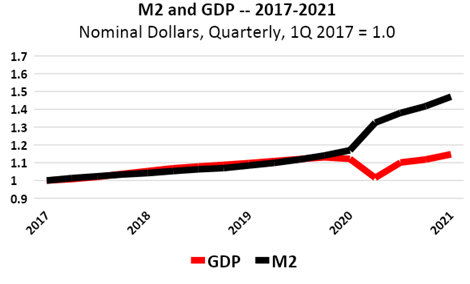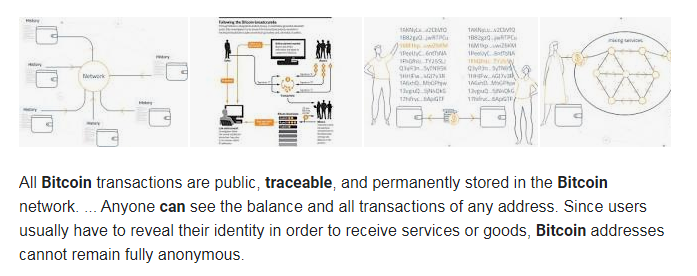
This week, Your News to Know rounds up the latest top stories involving gold and the overall economy. Stories include: The value behind money, why gold’s price has grudgingly responded to recent market turmoil and what higher energy prices mean for gold and silver.
Money has value, but not because the government says so
In an analysis on Eurasia Review, Frank Shostak goes in-depth in an attempt to answer the question: why does money have value? Opposing the views that the value of money is there because of government reassurances or social conventions, Shostak instead takes a look at history in order to avoid circular pitfalls.
Doing so tells us that money is a byproduct of a bid for convenience, a result of people wanting greater prosperity and better market exchange. In their quest to obtain both, they would put every commodity through a form of trial, and the one that ended up being the most commonly and widely accepted became money.
We now know that that commodity is gold. Even silver or bronze coins served primarily as a form of IOU for gold, although this IOU was far more grounded and sensible than any fiat today. Shostak likewise asserts that central banks were established to prevent market manipulation and monopolization by private banks, which wouldn’t hesitate to print out more gold IOUs than they could cover. (As we’ve seen all too often.)
Yet now, long after these early makings of modern finance, we find that little has changed. Private banks are making monopolies all the same, and despite a gold standard being nowhere in sight, much of their profits come from trading gold IOUs that can’t and won’t be covered by physical gold. That is why the Basel agreement was passed, and why most agree it will only be partially implemented so as to not collapse the global economy.
…click on the above link to read the rest of the article…
















